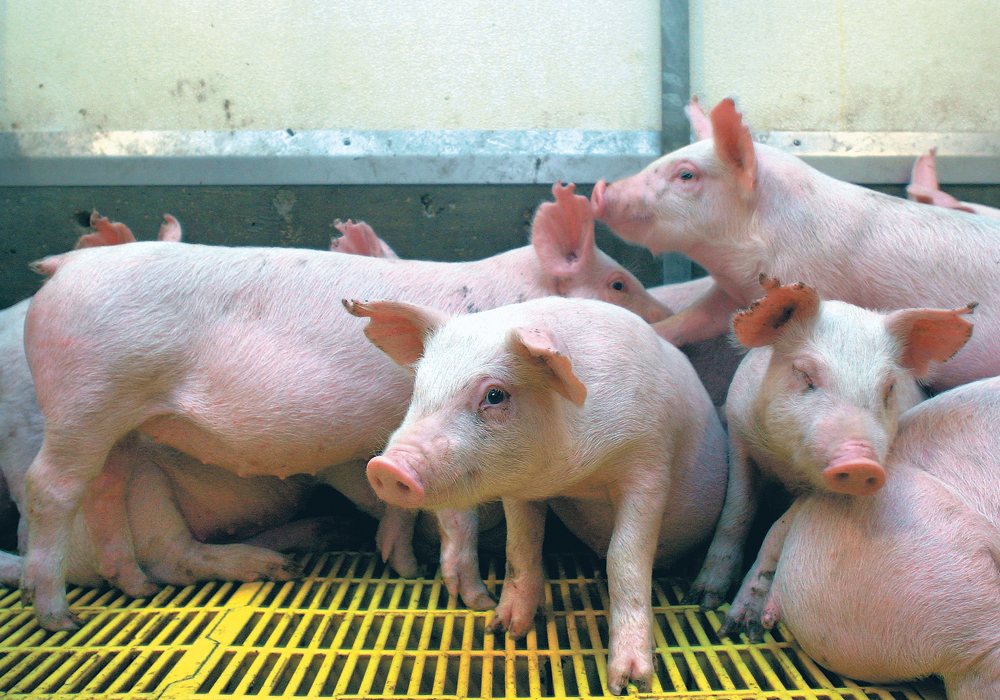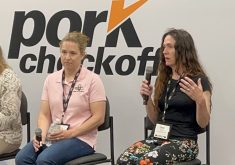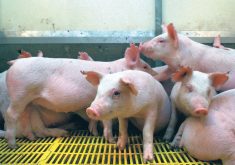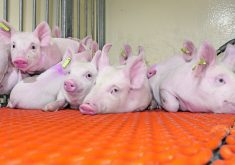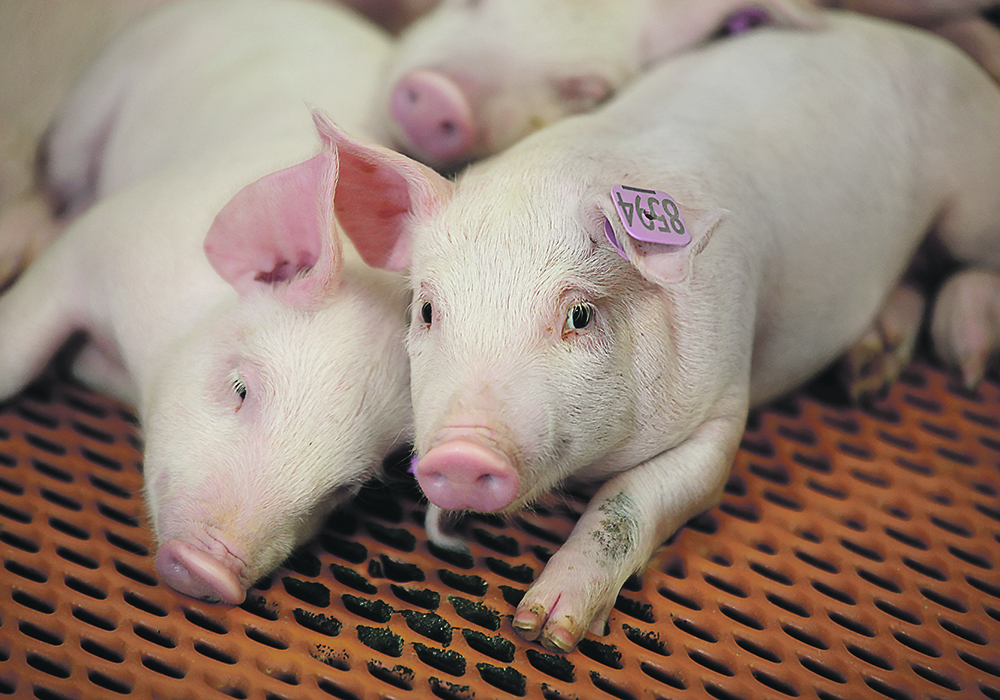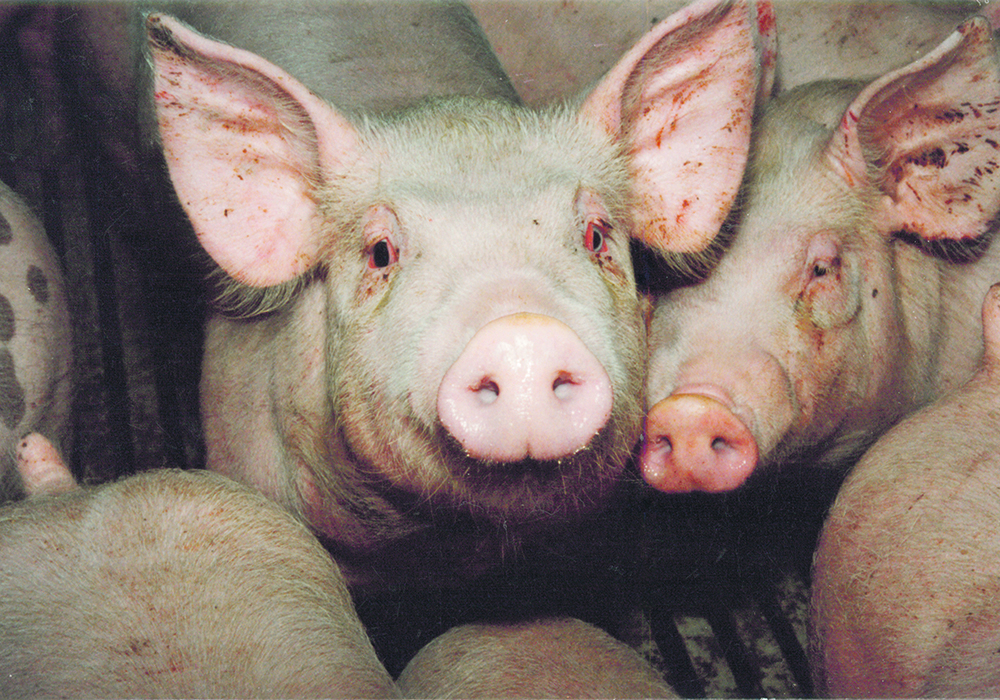There have been no new cases of porcine epidemic diarrhea in Alberta since the last of the four infected premises was reported in March, and Alberta Agriculture epidemiologist Dr. Julia Keenliside said she is confident increased surveillance tells that tale.
“We don’t likely have any other farms out there that are infected with the disease,” she said during a May 14 conference call organized by Alberta Pork.
Three of the operations affected, all in southern Alberta, are once again shipping pigs, while the farm where the first case was found, northeast of Calgary, chose to depopulate and undertake barn renovations.
Read Also
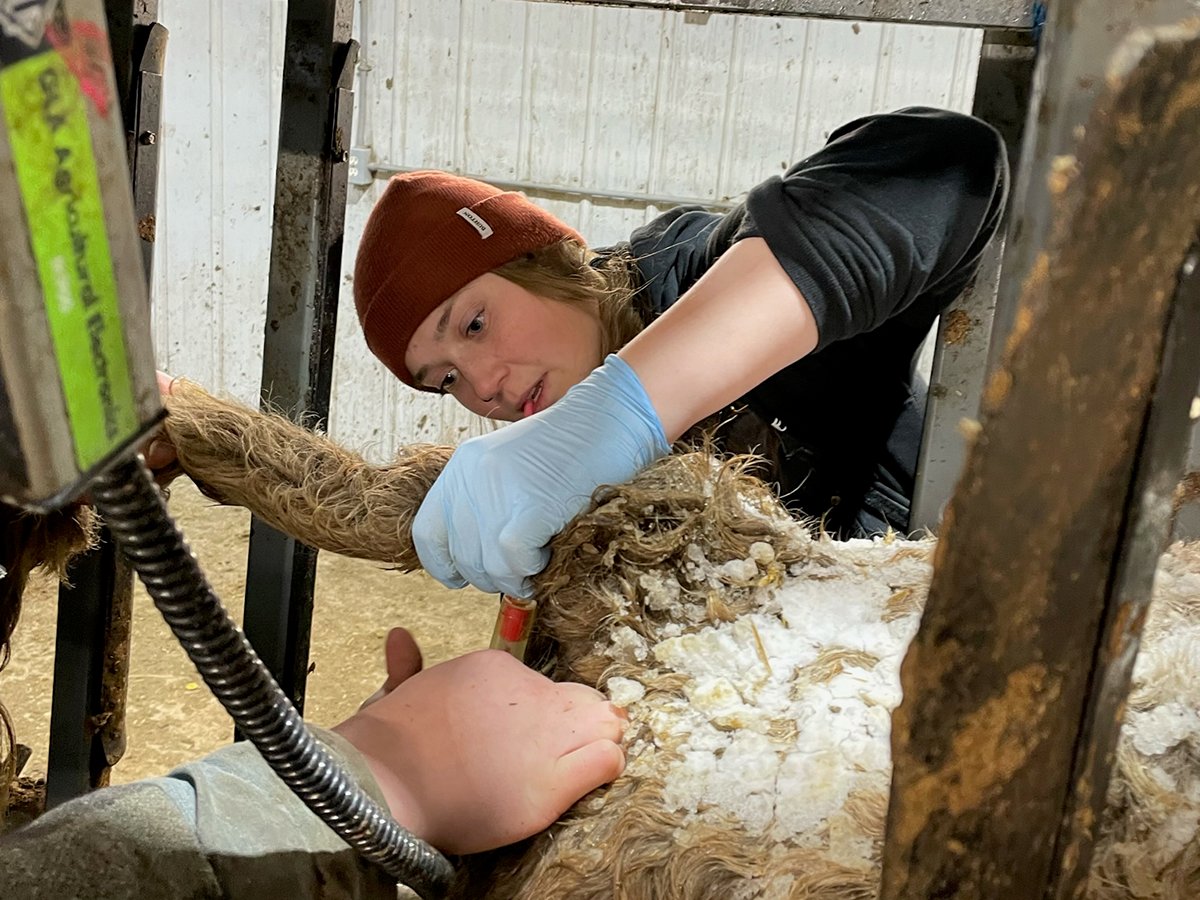
Pen riders better than tech at detecting respiratory disease in feedlot cattle, says researcher
Katrina Garneau’s recent research found that pen riders are better than technology at flagging signs of BRD in feedlot cattle.
It has been eight weeks since the last case was reported. All of the cases affected 300- to 600-sow farrow to finish operations.
During that time, Keenliside said a system of enhanced surveillance and testing of abattoirs, assembly yards and truck washes involving more than 11,000 samples yielded no sign of the virus.
As for hog barns, a few suspect cases in recent weeks all turned out to be negative for PED.
The three southern Alberta operations are working to eliminate the virus by exposing all animals to the illness so immunity can develop, Keenliside said. As well, veterinarians working with those producers have asked for emergency release of a drug that helps increase sow immunity so it can be passed to nursing piglets.
There is no vaccine to prevent PED but there is one to boost immunity, which is especially useful for young sows exposed to the virus.
The strain of PED affecting Alberta pigs is closely related to those in Manitoba and Ontario, said Keenliside. Investigation into its spread to Alberta is ongoing, but no clear answers have emerged.
“Whatever happened, it was clearly not coming from our slaughter or assembly yards or truck traffic,” she said.
The first infected farm received trucks directly from the United States, where PED is now considered endemic, and from Manitoba, which has its own ongoing battles with the virus. Two new cases have been confirmed there this year.
Those trucks came to the farm’s feed mill just outside the hog barn door, said Keenliside, so it’s possible the virus got tracked inside or arrived in feed or feed ingredients. Tests on samples of the feed and ingredients were negative, but it is impossible to test all of it, and even a small amount of virus can cause infection.
The second farm infected with the virus was about 1,300 kilometres from the first one, raising questions about method of spread. However, the third infected farm is 25 km from the second, and the fourth infected premises is eight km from the third, so transmission by air, people or vehicle is more likely.
Feed ingredients on the four operations came from 10 different countries, said Keenliside. Two of the infected operations used blood plasma in feed. That product is generally considered to be the culprit that brought PED to Canada in 2014.
Tests of the product in the Alberta cases were inconclusive. Though Keenliside said infection via blood plasma could not be ruled out, it seems unlikely as a source, considering different batches were used at the two farms.
“We simply don’t know whether plasma was the cause or not, but we just know plasma could be a risk.”
Manure from the infected operations is also being tested, and the protein associated with the virus has been detected, said Keenliside. That doesn’t necessarily mean manure is a source of potential infection, she added.
PED can live in manure for an extended period but unlike bacteria, it cannot multiply in manure. Draining and flushing lagoons can eliminate it over time.
Dr. Keith Lehman, Alberta’s chief veterinarian, said shipping of pigs from the infected farms began once all pigs on the premises had been exposed to the disease and recovered. That process takes at least 28 days.
Pigs on those farms were tested weekly to gauge viral shedding, and routes taken by trucks carrying pigs to abattoirs were chosen so they passed by a minimum number of other hog operations, he said.
Two of the three infected farms that are shipping hogs sent them to Manitoba and the third has shipped to a British Columbia processor.


